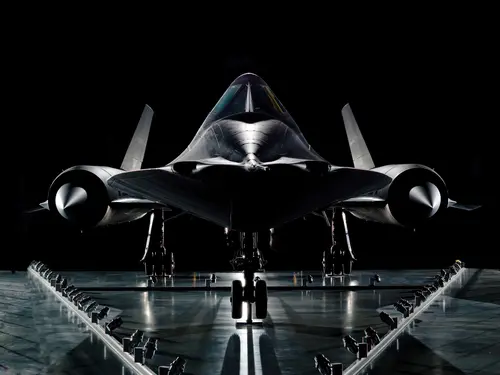
Transcribing Francis Gary Powers’ Soviet Prison Diary
Sep 20, 2018
By Elizabeth Borja
“In the early part of October 1960 my cellmate ask[ed] me why I did not keep a diary. I had been thinking about doing this but his question decided me to start. I bought this book specifically for this purpose. It was ordered in October but I didn’t receive it until early November.”
-Francis Gary Powers, Soviet Prison Journal, first entry, November 4, 1960
In May of 1960, pilot Francis Gary Powers was flying a U-2 reconnaissance mission over the Soviet Union when he was shot down and captured. For years, the journal and diary that Powers kept in his Soviet prison cell were featured artifacts in our Looking at Earth gallery, alongside the Lockheed U-2C that flew the first operational mission over the USSR on July 4, 1956, piloted by Hervey Stockman. As the Museum prepares for a reimagination of our National Mall building and exhibits, the journal and diary have been returned to their place in the Francis Gary Powers Collection in the National Air and Space Museum Archives. But that doesn’t mean you can’t see them.
The Smithsonian Transcription Center will provide the opportunity to transcribe both the journal and diary. Volunteers (or “volunpeers,” as they are fondly known) will be able to read, transcribe, and review the Powers journal and diary. Then, the new transcriptions will be searchable in the Smithsonian Online Virtual Archives and other Smithsonian platforms. (Just a note: Transcription volunteers will be working with photocopies of the documents. When the Powers collection was scanned, these two items were still on display.)
- Transcription Center: Francis Gary Powers Soviet Prison Journal
- Transcription Center: Francis Gary Powers Soviet Prison Pocket Diary
- Transcription Center: Francis Gary Powers Correspondence Regarding Captivity
“After rolling out straight and level and lining up on course I was checking my engine instruments, oxygen, etc. It was approximately one minute after the turn and at the most two minutes when I suddenly felt and heard a dull explosion. It was not a bang or a loud noise but sounded like “WHUMP.” Everything seemed to stand still for a long time. It seemed as if time had stopped. It couldn’t have been more than a second but it seemed to me at least five minutes.”
-Francis Gary Powers, Soviet Prison Journal, entry backdated to May 1, 1960
While the journal, pocket diary, and correspondence are the only items currently available for transcription (more items may be added later), the majority of the Powers collection has also been digitized and can be viewed online for the first time.
You can review Powers’ Air Force orders and flight records. There is a selection of documents from Powers’ imprisonment, including his correspondence log and the 1962 congressional hearings on his captivity. Perhaps the most affecting part of the collection is the handwritten notes Power’s father, Oliver, made on scraps of stationery from a London hotel, preparing his plea to Soviet Premier Nikita Khrushchev for leniency for his son. It is a bit ironic that when Powers completed his pilot’s history on an insurance application in 1972, he checked “no” for the question: “Have you ever had any aircraft accidents while: Acting as Pilot?”
The U-2 Incident and Francis Gary Powers captured the world’s attention in 1960. Now, 58 years later, volunteers all around the world can transcribe his words. How do I get started, you ask? Follow this link and we’ll see you at the Transcription Center!
Related Topics
You may also like
Related Objects

Support the Museum
We rely on the generous support of donors, sponsors, members, and other benefactors to share the history and impact of aviation and spaceflight, educate the public, and inspire future generations. With your help, we can continue to preserve and safeguard the world’s most comprehensive collection of artifacts representing the great achievements of flight and space exploration.
Support the Museum
We rely on the generous support of donors, sponsors, members, and other benefactors to share the history and impact of aviation and spaceflight, educate the public, and inspire future generations. With your help, we can continue to preserve and safeguard the world’s most comprehensive collection of artifacts representing the great achievements of flight and space exploration.







